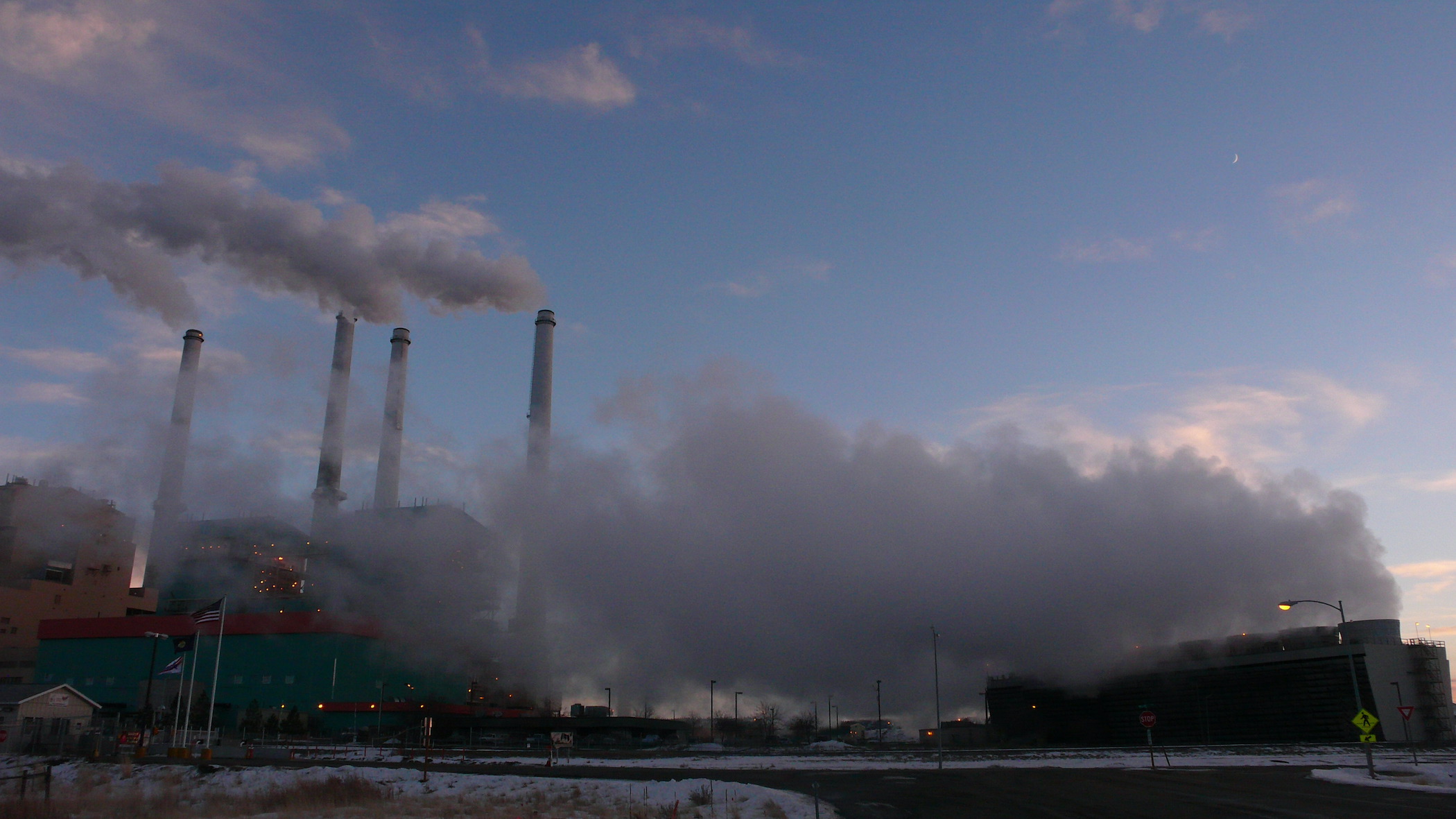By Anne Hedges
![]()
![]()
![]()

NorthWestern Energy’s proposal to permanently increase homeowners’ and small businesses’ electricity rates by 25% is bad enough. Add to that its proposal to build a $1 billion methane gas plant outside of Laurel to be paid for by customers over 20 years. Then there is its failure to submit its Integrated Resource Plan to the Public Service Commission (PSC) on time. To top it all off, now NorthWestern is proposing to add even more of an old, expensive, climate-damaging power plant to its portfolio, even as other utilities divest from coal. While the lifeboats are ready and the rats are jumping ship, NorthWestern is working to gouge its customers while it forces them to go down with the ship.
The news that NorthWestern wants to double its ownership share of the coal-fired Colstrip power plant isn’t new. It has tried three times in the past to increase its share, and three times it has failed. This time, the company wants to take over the costs and liabilities of Avista Energy’s 220-megawatt share of the plant, giving it an interest in Unit 3 (and its liabilities) for the first time. Starting on January 1, 2026, NorthWestern would become the only identified utility in the United States that is increasing its share in coal-fired power. Lucky us [eyeroll].
NorthWestern is shouting from the rooftops – and in its monthly bill inserts – that its customers are getting this new share of the plant for free! But we all know that there is no free lunch. NorthWestern is dangling this “free” share of the Colstrip plant in front of politicians and its customers, hoping that no one notices that it is picking your pocket. There’s a reason that Avista told its regulators in Idaho that the sooner it exited the plant, the more money it would save customers. What should concern everyone is what NorthWestern is not saying.
NorthWestern is not talking about how much it costs to operate and maintain the aging Colstrip plant, nor is it mentioning how much it pays for the coal from the massive and polluting Rosebud mine, a mine that has spent decades extracting the lowest cost, highest value coal. It doesn’t want to discuss how the mine has provided the plant with the most expensive coal in the Powder River Basin for decades, and those costs will likely increase again when its coal contract expires at the same time NorthWestern’s share doubles.
NorthWestern’s recent filings in its ongoing rate case give a small preview of how much it will cost to acquire this “free” share of the plant. The utility already owns 220 megawatts of the plant and is proposing to increase that by the same amount. Estimating the cost of this new share can be done by simply doubling the cost of its existing share. In its current rate case before the PSC, NorthWestern said that it will need $23 million for operation and maintenance costs, $10 million for taxes, and $36 million for coal for its 30% share of the plant, annually. That’s $69 million each year to operate 20th century, polluting technology, and these costs don’t even cover remediation of the leaking ash ponds, which will cost hundreds of millions of dollars. NorthWestern may not be responsible for Avista’s share of cleaning up the ash ponds (though that remains to be seen), but NorthWestern will be responsible for twice the operation and maintenance costs, twice the coal ash disposal costs, and twice the cleanup costs for all coal disposed of after the date of the transaction.
On top of these costs, there will be capital improvements required at the plant, because old equipment needs to be fixed and replaced. Avista recently told the Washington utility commission that its share of capital improvement projects at the plant would be about $16 million between 2022 and 2024. Avista was worried that the Washington utility commission would refuse to make customers pay for these investments because they would extend the life of the plant beyond 2025, something that is not allowed under Washington law. It is unclear whether NorthWestern’s deal with Avista will require it to pay for Avista’s share of these costs prior to NorthWestern’s acquisition of this “free” share of the plant.
Paying twice as much to maintain a 40-year-old plant that was projected to operate for 40 years when it was built and is subject to expensive and extensive breakdowns for which customers are required to pay? Doesn’t sound free. It sounds like a way to ensure NorthWestern executives keep raking in the cash at customers’ expense.
This article was published in the March 2023 issue of Down To Earth.

